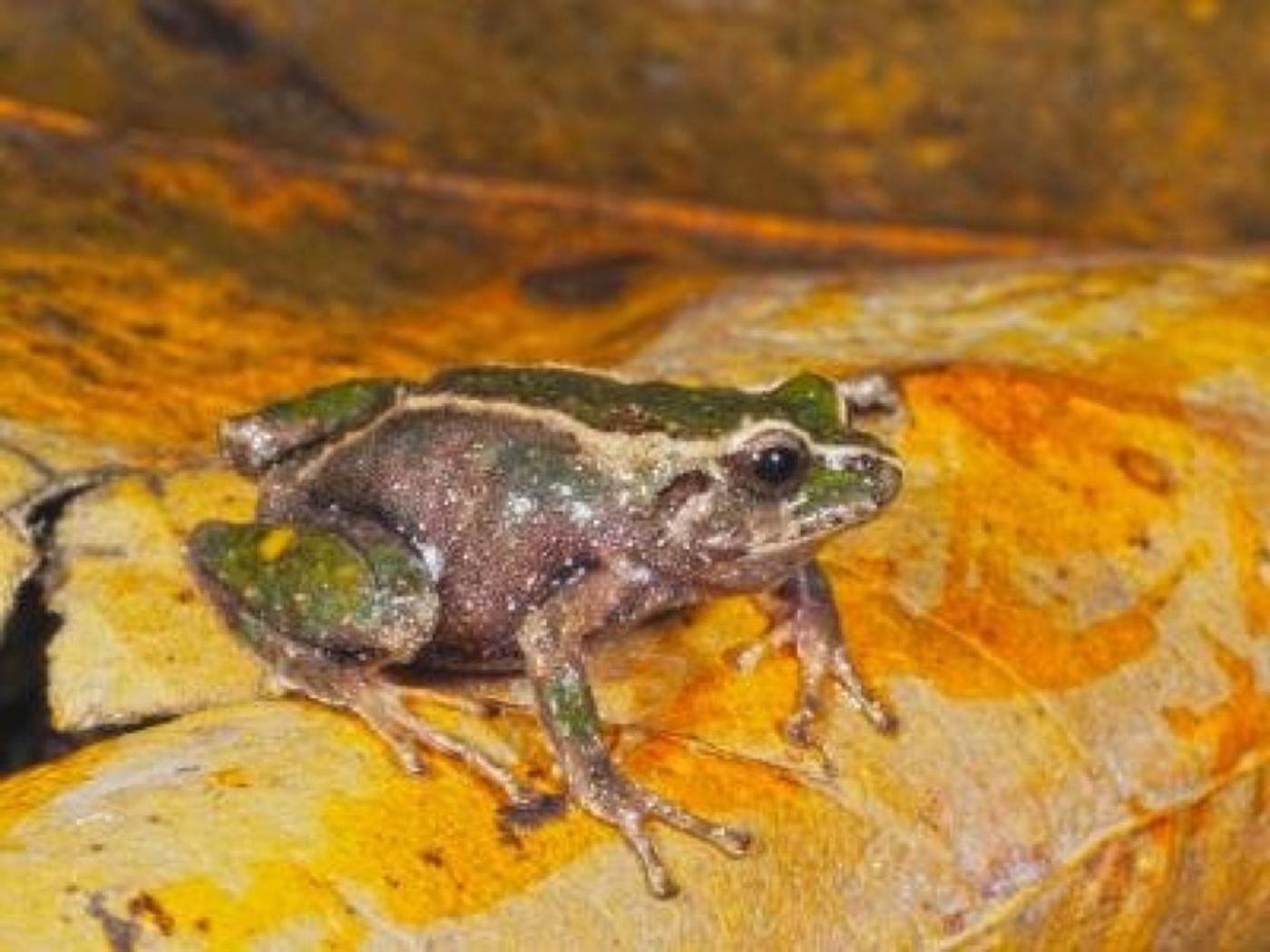Researchers Discover Two New Frog Species in Ecuador
It seems like newly-discovered animal species are being described and named in scientific journals regularly. With that in mind, it shouldn’t come off as much of a surprise to anyone that researchers recently happened upon two frog species that are entirely ‘new to science’ while exploring forests in the Southern Ecuadorian Andes.
Image Credit: UCF, Veronica Urgiles
The findings, which were published just this past week in the journal ZooKeys, describe two of the latest additions to the genus Pristimantis, including the black and brown P. quintanai and the black and green P. cajanuma.
The researchers involved in the study had been observing these frogs in the wilderness for the last several years, but it wasn’t until after a multitude of observations and scientific tests that it became evident that they were dealing with new species.
At just 0.8-inch long, these frogs aren’t particularly large, but their distinctive colors help them blend in with their surroundings. Moreover, they differ from other known species genetically and exhibit a particularly distinct type of development process when compared to others of their kind:
"One of the things that I found most interesting about these guys is that they don't have metamorphosis like a regular frog, but instead they develop entirely inside eggs that adult females deposit in the ground," elucidated Veronica Urgiles, the paper’s lead author.
"They really don't need water bodies for their development. Both of the new frog species inhabit high elevation ecosystems in the mountain range over 8,000 feet," she continued. "So even though we are right there in the equator, it's very cold and windy most of the year."
Related: This elusive and red-legged frog is making a comeback in Yosemite
DNA samples confirmed that P. quintanai and P. cajanuma are new species, but given just how little we know about the biological diversity in the region of the world where they were found, it’s entirely possible that there could be other close relatives to these frogs that have yet to be discovered.
"I have been looking at these frogs for years now, so going over the whole process of observing them in their habitats and then analyzing them and comparing them under the microscope, to finally naming them is a long, but very satisfying journey."
Related: Another new frog species has been found in Australia
Perhaps continued observations in the region will help scientists learn more about the new species and discern whether others have yet to be identified.
Source: University of Central Florida via Science Daily, ZooKeys









